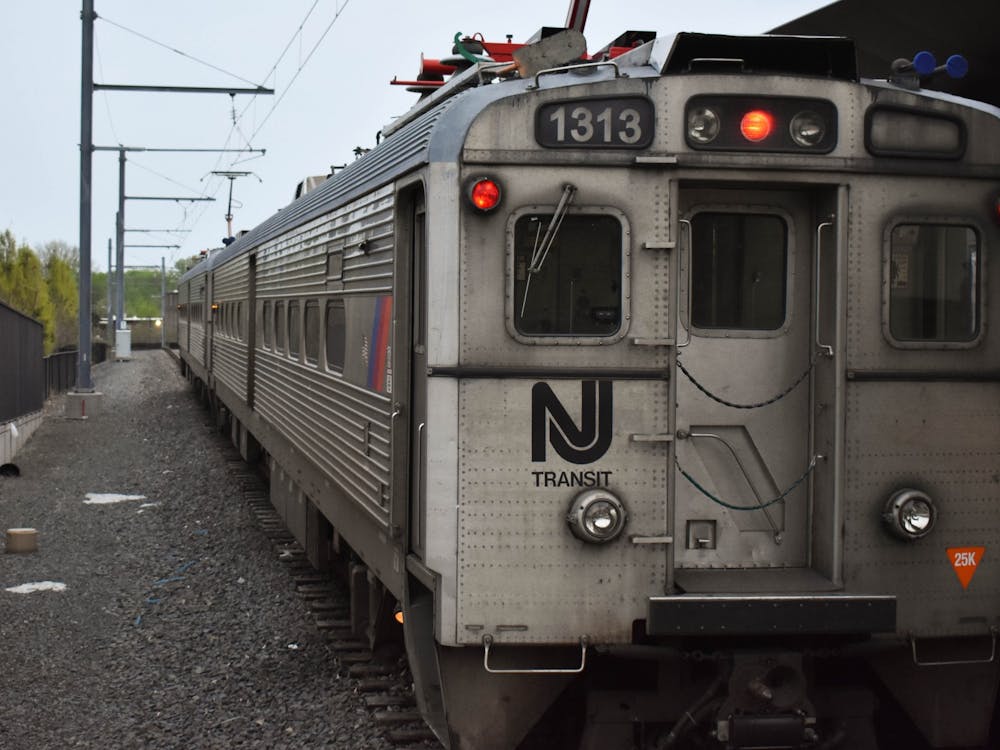America needs to revamp her public schools. American public education in the K-12 range led the world for the first half of the Cold War; now our public school system is — with a few exceptions — an international joke. Most prominent columnists are calling vaguely for “attention” and “more money:” favorite American solutions. Linking pay to results is an excellent idea, and I’m generally in favor of anything the teachers’ unions oppose. After all, their ideal world would involve no students, no class time and a maximum of pay. Thus far, however, no one has suggested any amendment to our curricula. I realize that public school curricula are set by individual school districts and regulated by state education boards, so no one system will be implemented across America. And, furthermore, what are my qualifications for suggesting a new national curriculum?
I’m a student.
It seems to me that the base of American education — through eighth grade — is more or less useless. It is assumed that the students cannot be taken too fast, and consequently they enter high school knowing little more than basic algebra, some history and English spelling. Consequently, even the best high schools start with poor material. Push people harder, earlier, and they will go farther. I propose a wholesale reform of the system; and don’t tell me this “new” curriculum is too demanding. I don’t think it is, and I only have 800 words to explain what I think it should look like. Consider this a proposal for discussion, not the full picture.
The academic disciplines may be broadly categorized as verbal and mathematical: All learning rests on words and numbers, so begin with these. Students can spend kindergarten learning counting, letters, basic spelling, days of the week, colors, etc. Kindergarten should be the most elementary education. Beginning in first grade, students should focus on arithmetic and Latin. All the sciences and mathematics require arithmetic, and the entirety of Western Civilization is predicated on the Latin language (with all due respect to Greek). Besides, most words in English come from Latin roots. If you know them, you can practically invent words as needed. It also serves as an elementary lesson in logic.
By the end of first grade, I would expect pupils to perform 123-21=102, know half the Latin grammar and spell six-letter words in English. Second grade: arithmetic with negative numbers, the second half of the Latin grammar and competency in English spelling. Third grade: multiply and divide with long, negative numbers; read Cicero, Caesar and “The Wind in the Willows.” Fourth grade: decimal places, fractions, Vergil and one book by Brian Jacques per month. Reading in English should be focused on “fun” books, to whet the appetite. If students prefer romance, give them Jane Austen.
Fifth grade begins the great expansion. The first four grades provided students with a strong background in numbers, Latin and English. Then they expand: Add history, natural sciences and a modern language. This keeps a running tally of six classes, which is entirely manageable for a fifth grader. Mathematics should move to algebra, history in American high schools should begin with Greeks and Romans, natural sciences can start with biology (though I’m not picky about this order) and the modern language should be a choice, though I’m inclined to suggest Spanish for its utility. By the way, any Romance language will be learned much faster and much more effectively after four years of Latin — though students might choose German or Chinese.
Sixth grade: Clever students may be given the option of starting Greek as an honor. History should proceed from Late Antiquity to the Renaissance, Latin and English content to taste, wrap up the grammar in the second language, start a new natural science, and teach geometry. Seventh: new science, Latin, English, Renaissance to the Enlightenment, short stories in the modern foreign language, functions and graphs. Eighth: science, Latin, English, finish Western - including American - history, modern language, trigonometry.
High School: Drop the Latin, to be replaced with ancient philosophy. Allow continued Greek as an honor. Calculus, Middle Eastern history, modern language, critical analysis of English and Latin literature, college-level biology. Then: Augustine to Descartes in philosophy, multivariable calculus, East Asian history, composition in modern language, critical literary analysis, college-level chemistry. Junior year: Descartes through Nietzsche, multivariable calculus and linear algebra, art history, modern language, literature, college-level physics. Senior year: economics, modern language, mathematics, history, literature, computer science.

Now that’s a high school degree to be proud of.
Problems: finding the teachers, especially for Latin, but we already have to deal with that issue. I chose East Asian and Middle Eastern history for their political relevance, but it just needs to be non-Western. I assume the continued existence of once-a-week electives like gym, art, music. Greek might be optioned with drama. Latin must be mingled with English to preserve command of the language. Add students and stir.
Brendan Carroll is a sophomore from New York, NY. He can be reached at btcarrol@princeton.edu.








